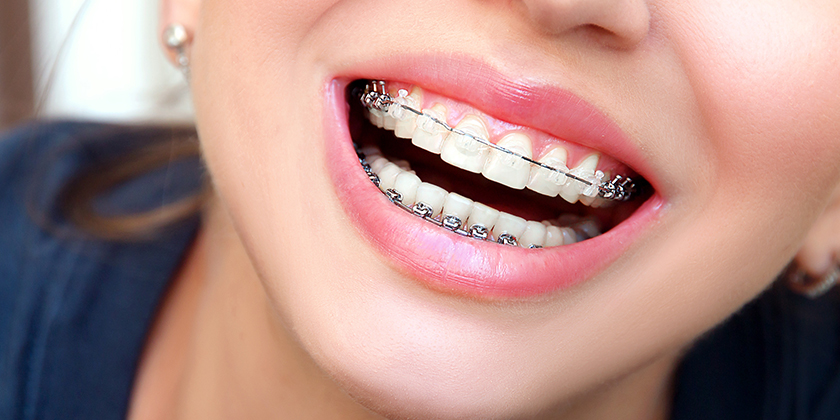Interceptive orthodontics is an approach to correcting present teeth problems, as well as implementing corrective interventions for future problems. According to the American Academy of Orthodontics, children should have an orthodontist examine them before they are seven years old in order to detect anomalies and to begin to correct them. This is a break from the traditional practice of handling teeth problems when a child is between 12 years old and 14 years old.
Benefits of Interceptive Orthodontics
There are numerous advantages to interceptive orthodontics. Most of these revolve around the fact that at this early age, the child is still growing and orthodontic treatment can influence the growth of teeth and jaw features in a positive way. Here are some specific advantages of interceptive orthodontics.
- Interceptive orthodontics helps in creating room for emerging teeth.
- Interceptive orthodontics helps shape the development of the jaw bones and enhances facial symmetry
- Interceptive orthodontics reduces the risk of protruding teeth
- The process helps to expand the palate and thus properly position the back molars
- Helps to prevent or significantly reduce the need for a corrective procedure in the future
By treating some of these issues early on, the patient is saved money and time correcting teeth and jaw anomalies later on in their lives.
Does Your Child Need Interceptive Orthodontics?
Interceptive orthodontics is often carried out on phases. Phase one usually involves corrective procedures while the child still has the first set of teeth. The second phase begins only when all the second set of teeth are in place. Typically, if a child has had extended use of a pacifier or prolonged thumb sucking, it may result in a misshaped jawbone, misaligned teeth, and protruding front teeth. All these can be corrected by interceptive orthodontics.
Other issues that can be corrected by interceptive orthodontics include crossbite, teeth crowding and imbalanced development of the lower and upper jaw. Interceptive orthodontics can also expand the jaws to facilitate proper spacing for teeth, remove milk teeth so as to allow for the growth of permanent teeth and many other corrective procedures.
Preparing Your Child For the Process
Before deciding on what procedure your child needs, it is best to consult with an orthodontist who will carefully examine your child. Typically, by the time they are age seven, anomalies such as crossbite will have become noticeable. Once the orthodontist gives you an assessment of what needs to be done, you will work out a treatment schedule for your child. It is important to explain to the child (as much as possible) what is being done and why. Most professional orthodontists are trained to handle young children but working with a clinic that has experience with young patients helps make things easier. The orthodontists might recommend using spacers, expanders and sometimes even aligners. In such cases, it helps to know how you can help maintain the child’s oral care to aid in the process. Talk to the orthodontist to get details about teeth brushing habits and other oral care procedures to maintain the overall health of the child’s teeth while under treatment.
If you are looking for an experienced orthodontist for your child, Dr. Alex Rubinov of New York City can help. His practice has experience in all aspects of interceptive orthodontics. Contact the practice at (718) 253-0800 to schedule an appointment.

